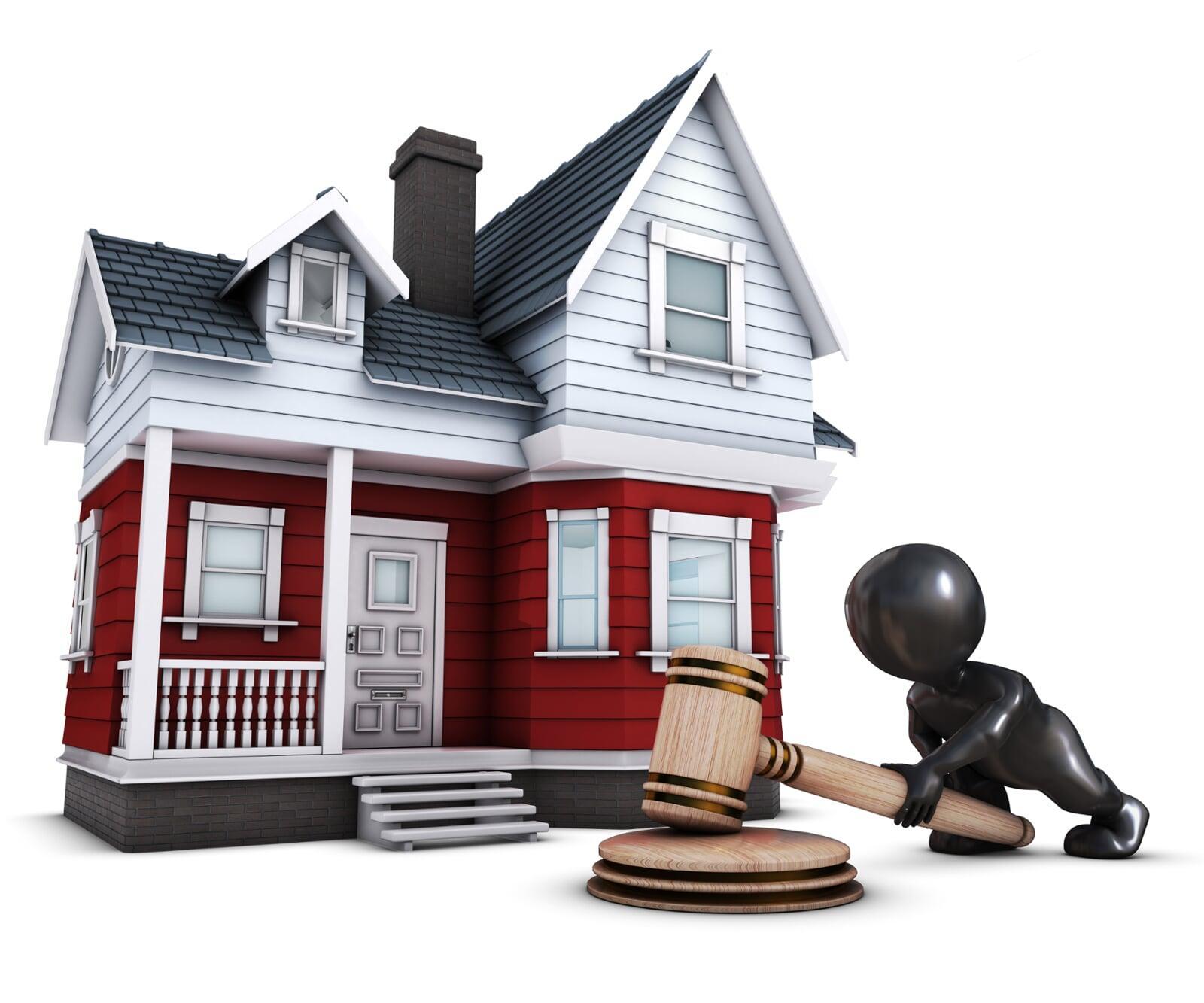
1. What is AB 2533?
Key Provisions:
Eligibility date: Construction before January 1, 2020.
No penalties: No fines, fees, or retroactive assessments for impact, connection, or capacity charges.
Health & safety priority: Permits can only be denied if serious safety hazards exist, according to Health & Safety Code § 17920.3.
Confidential pre-inspection: Homeowners may get a private third-party inspection before applying, without triggering enforcement.
Public transparency: Local agencies must clearly post processes, checklists, and eligibility guidelines
2. Why AB 2533 Matters
For Homeowners:
No surprise fees – impact/connection/capacity fees.
Legal rental – Enables legal leasing, refinancing, and recognition in property appraisals .
Increased property value – Permitted ADUs add legal square footage that enhances resale value.
For Renters:
Safer homes – Units get evaluated and fixed per health and safety codes.
Legal protection – Compliance ensures tenants get legal rights and standards.
For Cities:
Housing targets – Incorporates unpermitted units into their RHNA counts.
Resources shift – Converts enforcement into support resources.
3. Who Qualifies?
ADU/JADU constructed before January 1, 2020.
Not already permitted.
Not “substandard”—i.e., must not pose major safety hazards (e.g. unsafe wiring, structural failure, no sanitation).
Local “amnesty” programs (e.g. Berkeley, Hayward) offer confidential consultations and waive penalties until December 31, 2028.
4. How to Legalize Your ADU (Step‑by‑Step)
Step 1: Pre‑apply inspection (optional)
Hire a licensed contractor to privately inspect hazards—this won’t trigger enforcement.
Step 2: Document & plan
Prepare as‑built plans, photos, records of construction date, and occupancy status.
Step 3: Submit application & docs
Provide your application, plans, proof of date, and JADU owner‑occupancy if required.
Step 4: City inspection
Local inspectors assess for health & safety compliance only.
Step 5: Make limited upgrades
Correct only serious issues like unsafe wiring, poor egress, missing detectors—full modern code not required.
Step 6: Final approval
Receive either a Certificate of Occupancy or Certificate of Compliance (varies by locality).
5. Costs & Timeline
| Task | Cost Estimate |
|---|---|
| Inspections/plans | $2,000–$6,000 |
| Permits/fees | $1,500–$10,000 (often zero under AB 2533) | |
| Corrective upgrades | $5,000–$60,000+ |
| Total | $8,500–$60,000+, depending on scope | |
Reddit users report wide variation—$50–$250+/sq ft ⏩ “it depends,” but many cite $100k–$170k in Bay Area.
Timeline: Usually 2–6 months, sometimes longer in major metro areas .
6. Key Local Programs
Hayward: Confidential consultations, delay of enforcement, alternative compliance, through Dec 31, 2028 .
Berkeley: Pilot program Jan 1, 2025 – Dec 31, 2028; single-family lots only.
Foster City, Milpitas, San Diego provide similar paths under AB 2533.
7. Why Act Now?
Grandfathered opportunity: Built before 2020? This is the last amnesty window.
Avoid enforcement: Funding runs out in 2028; help may disappear.
Protect liability: Rent legally, improve insurance, boost home value.
Contribute to housing: Adds safe, affordable units to the housing stock.
FAQ
Final Takeaway
AB 2533 offers a rare, low-cost, low-risk path to legalize older unpermitted ADUs—so long as they’re not hazardous. If your ADU qualifies, take advantage of confidential pre‑inspection, plan preparation, and streamlined legalization under health‑and‑safety standards. You can unlock legal rentals, added value, and peace of mind—and avoid enforcement actions in the process.
Related Articles:
How to Get an ADU Permit in Escondido

